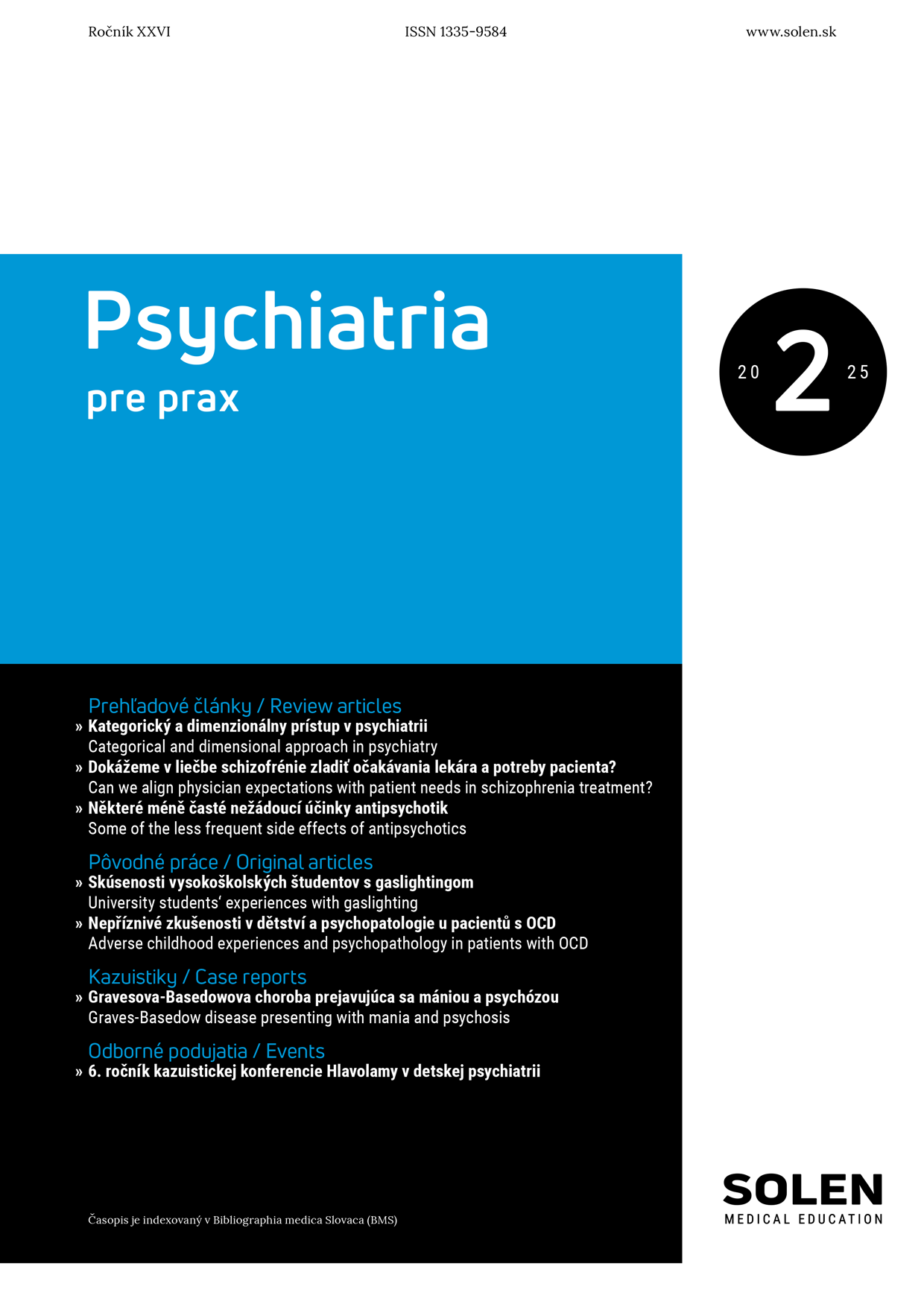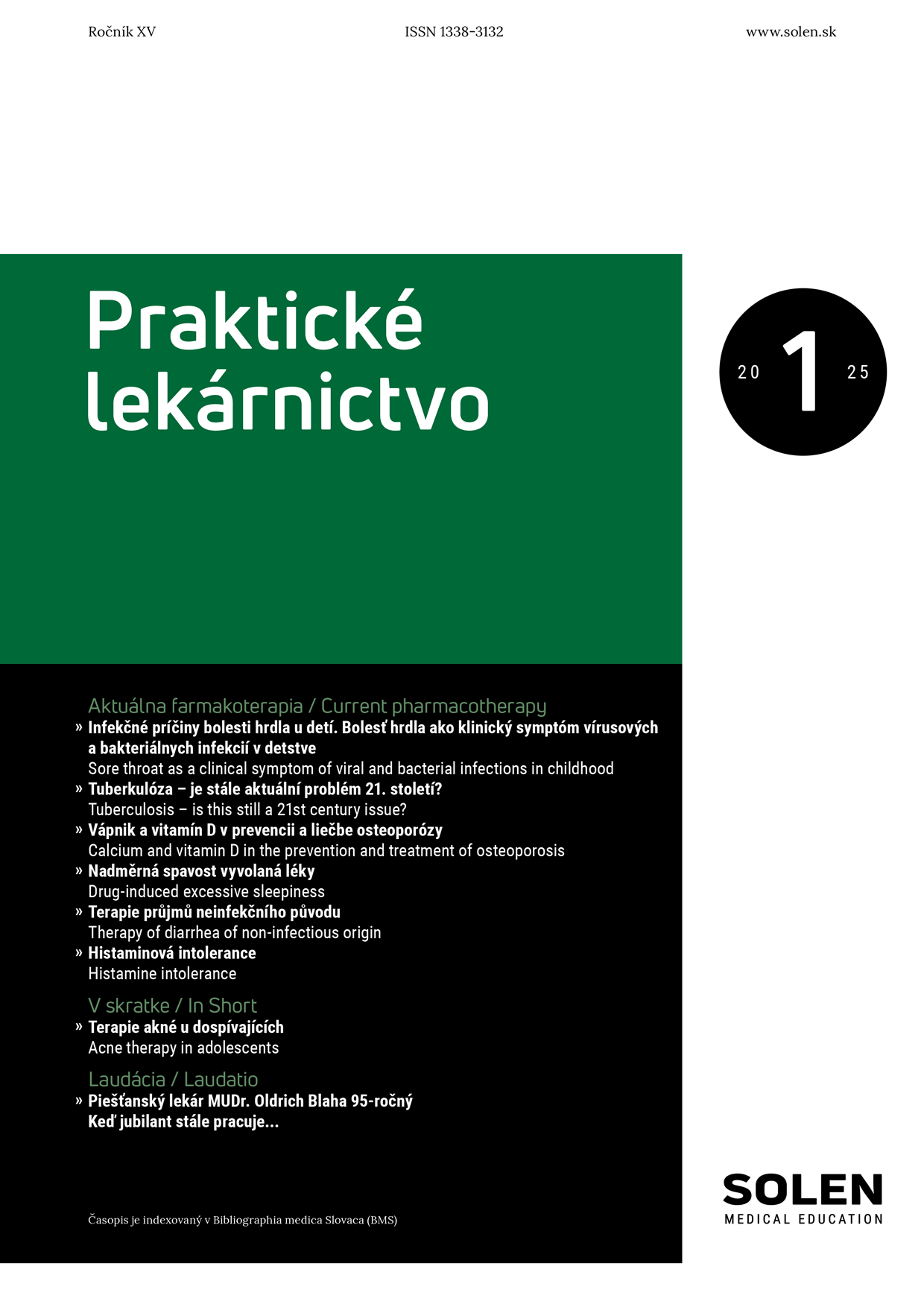Neurológia pre prax 5/2021
Samuel Alexander Kinnier Wilson (1878–1937) aneb měď, bazální ganglia, cheláty a nové pojetí učebnice
Prof. MUDr. Petr Kaňovský, CSc., FEAN , doc. MUDr. Kateřina Menšíková, Ph.D., FEAN
Samuel Alexander Kinnier Wilson (1878–1937) byl britský neurolog amerického (ale původně skotsko-irského) původu. Narodil se v New Jersey, ale již ve věku jednoho roku přesídlil s matkou do jejího rodného Skotska, do Edinburghu. Zde vystudoval střední školu i lékařskou fakultu. Po promoci v roce 1902 nastoupil jako sekundář do edinburské nemocnice Royal Infirmary, kde strávil jeden rok, poté po dobu tří let pracoval na neurologických pracovištích v Paříži a Lipsku. V roce 1905, po návratu do Británie, nastoupil do The National Hospital for Paralysed and Epileptic na Queen Square. V roce 1912 byl přijat na místo asistenta ve Westminster Hospital a o rok později byl do této pozice jmenován i na Queen Square. Po dobu první světové války pracoval na Queen Square, hned po skončení války mu bylo nabídnuto místo konzultanta v nemocnici King´s College. Do stejné pozice byl jmenován i na Queen Square v roce 1921 a po zbytek aktivního života pracoval jako konzultant v obou těchto špičkových londýnských nemocnicích. Zemřel v roce 1937 na koronární příčinu. Wilson se do dějin neurologie a medicíny obecně zapsal především objevem a popisem hepatolentikulární degenerace, nemoci, která dnes nese jeho jméno. Choroba byla poprvé takto detailně popsána ve Wilsonově disertační práci, obhájené v Edinburghu v roce 1911 (za kterou dostal zlatou medaili edinburghské univerzity), v roce 1912 byla ve formě původního sdělení zaslána do časopisu Brain. Toto původní sdělení bylo v Brainu zveřejněno na 214 stranách a jedná se dodnes o nejdelší práci, kterou kdy Brain publikoval. Efektivní léčba Wilsonovy nemoci však zůstala nejasná až do padesátých let minulého století, kdy se Schouwinkovi a Walshemu jr. podařilo objevit terapii penicilaminem. Dědičnost Wilsonovy nemoci byla objasněna až v roce 1993, tedy více než osmdesát let po jejím klinickém popisu. V posledních letech života se Wilson věnoval sestavení učebnice, která vyšla až po jeho smrti v roce 1940. Jedná se o mimořádné dílo o téměř dvou tisících stranách, které po více než 30 let sloužilo jako referenční učebnice neurologie na celém světě; zároveň se jedná o poslední „velkou“ učebnici neurologie, která je dílem jediného autora.
Kľúčové slová: Samuel Kinnier Wilson, hepatolentikulární degenerace, měď, ceruloplazmin
Samuel Alexander Kinnier Wilson (1878–1937), or copper, basal ganglia, chelates, and a new textbook concept
Samuel Alexander Kinnier Wilson (1878–1937) was a British neurologist of American (actually of Scottish-Irish) ancestry. He was born in New Jersey, but when one year old his mother brought him to Edinburgh in her native Scotland. Here, he completed both secondary and medical school. After graduation in 1902, he worked as a house officer at the Edinburgh Royal Infirmary where he spent one year; afterwards, he worked in neurology wards in Paris and Leipzig for three years. In 1905, upon his return to Britain, he joined the National Hospital for the Paralysed and Epileptic, Queen Square, London. In 1912, Wilson was appointed assistant physician at the Westminster Hospital, and a year later he was promoted to assistant physician at Queen Square as well. During World War I, he worked at Queen Square, and right after the war, he was offered a consultant post at King’s College Hospital. He was appointed to the same post at Queen Square in 1921, and for the rest of his active life, he worked as consultant in these two leading London hospitals. He died of coronary causes in 1937. Wilson is remembered primarily for the discovery and description of hepatolenticular degeneration, a disease named after him. The disease was first described in detail in Wilson’s doctoral thesis, defended in Edinburgh in 1911 (for which he won a gold medal from the University of Edinburgh); in 1912, it was submitted as original article in Brain. This original article was published in Brain on 214 pages and has so far been the longest paper to have been published in Brain. However, an effective treatment of Wilson’s disease had remained unclear until the 1950s when Schouwink and Walshe, Jr. succeeded in finding a treatment with penicillamine. The inheritance of Wilson’s disease was clarified only in 1993, more than eighty years after its clinical description. Wilson devoted his final years to compiling a textbook which appeared posthumously in 1940. It is an extraordinary, almost 2,000-page piece of work which served as a reference neurology textbook all over the world for more than thirty years; moreover, it is the last “big” neurology textbook to be compiled by a single author.
Keywords: Samuel Kinnier Wilson, hepatolenticular degeneration, copper, ceruloplasmin


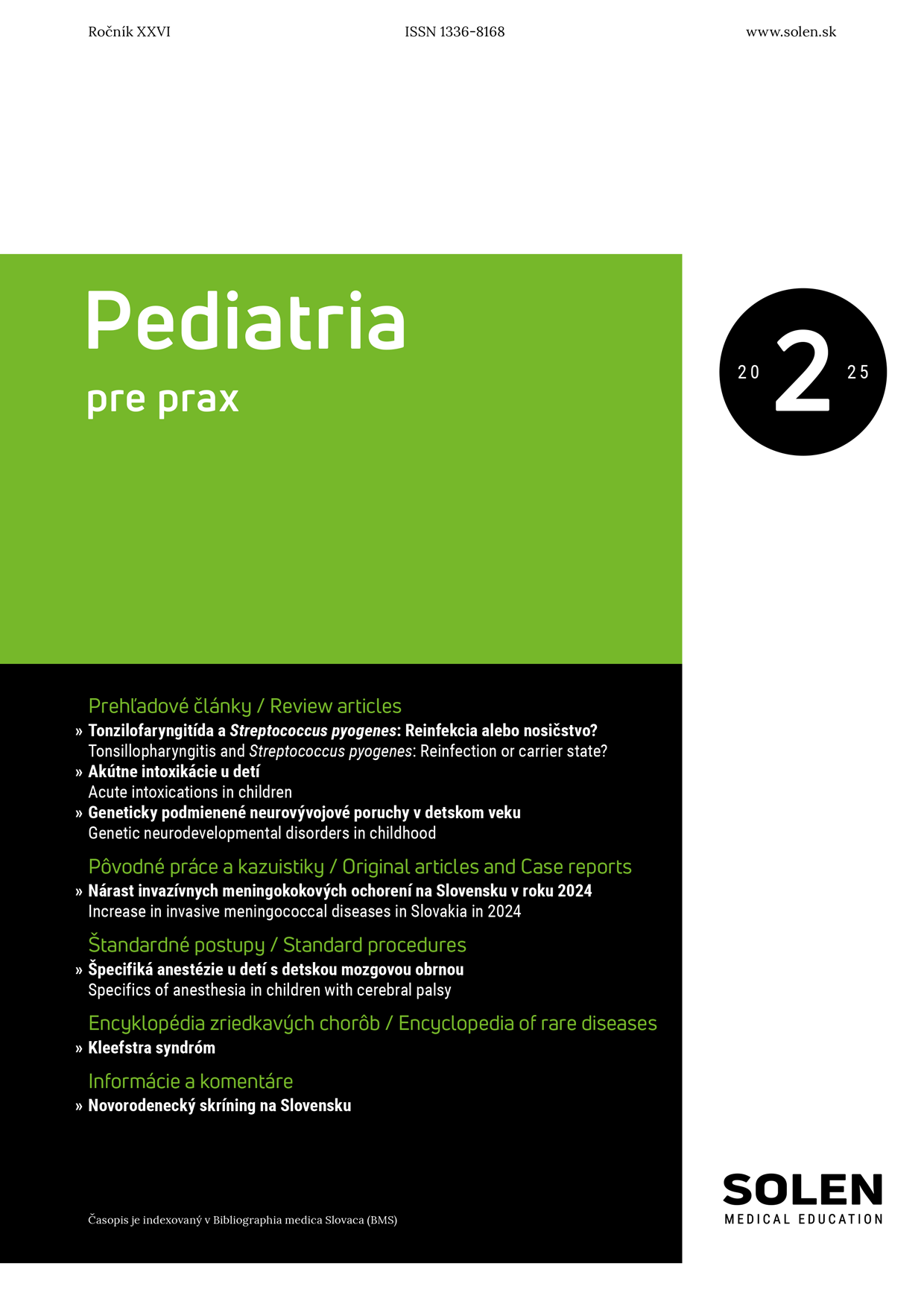
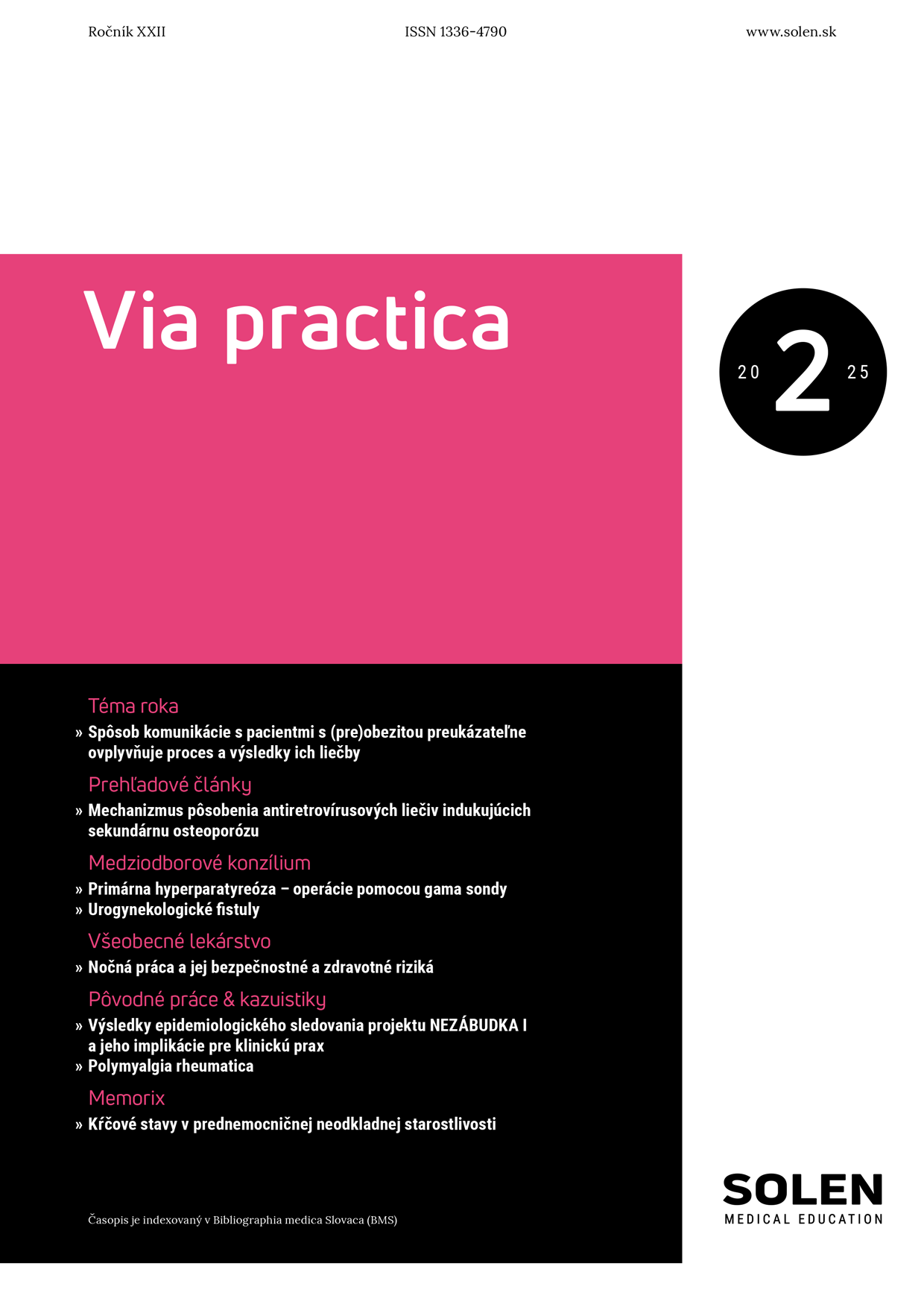
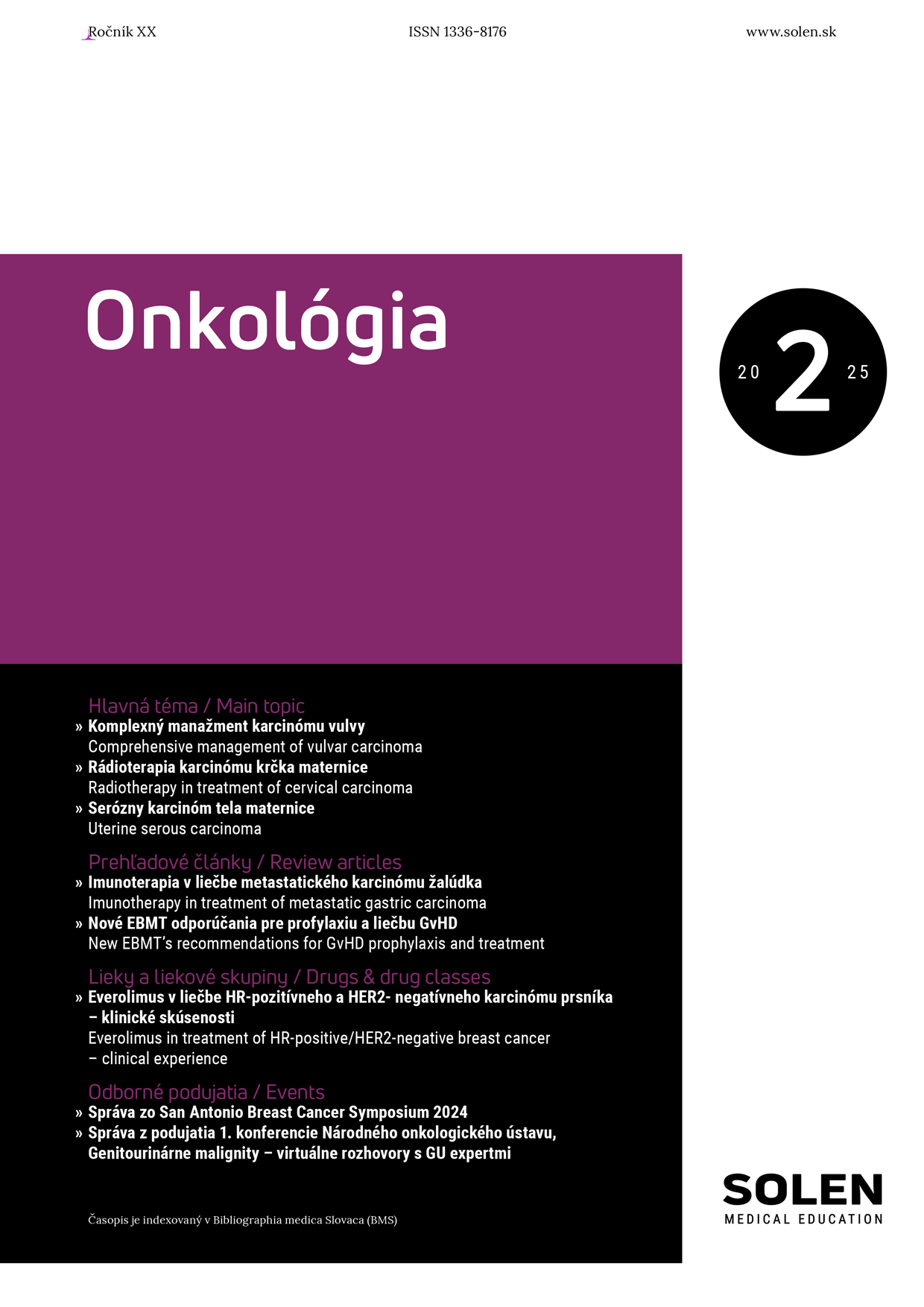
-1.png)
